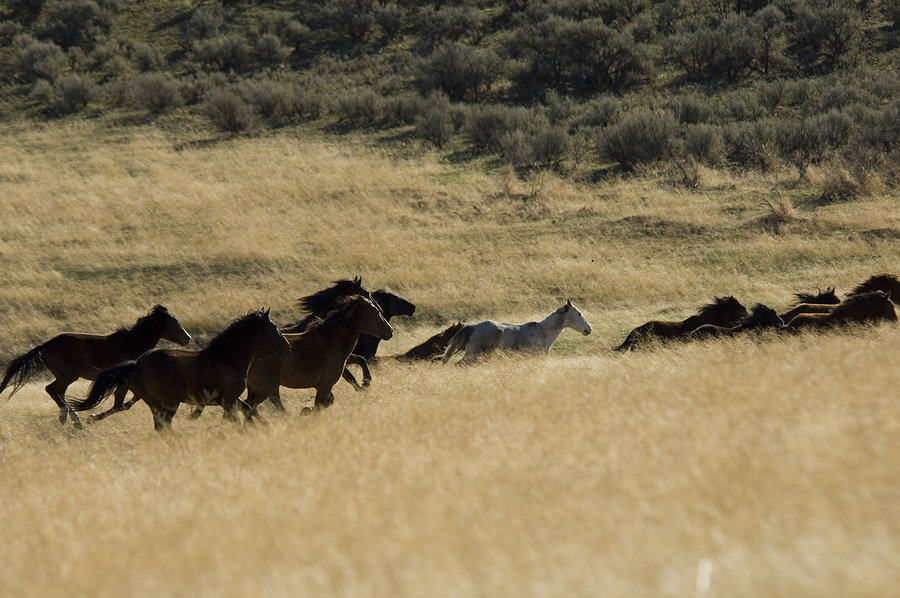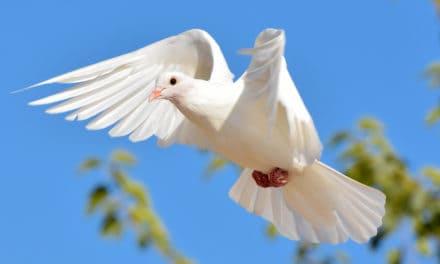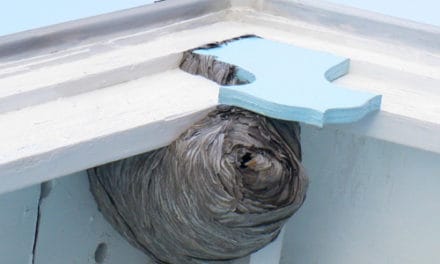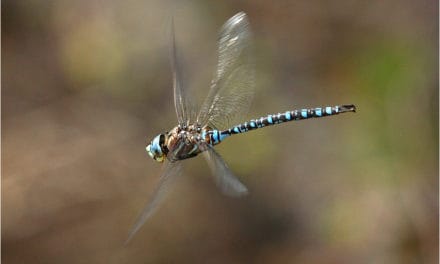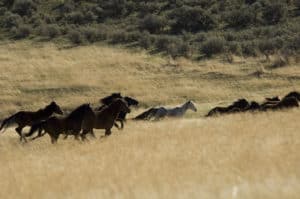
A wild free-roaming horse or burro, as defined by Federal law, is an unbranded, unclaimed, free-roaming horse or burro found on Western public range lands administered by the Bureau of Land Management (BLM) and the U.S. Forest Service (USFS). Wild horses and burros are descendants of animals released by or escaped from Spanish explorers, ranchers, miners, U.S. Cavalry, or Native Americans. The Wild Free-Roaming Horses and Burros Act of 1971 gave the Department of the Interior’s BLM and the Department of Agriculture’s USFS the authority to manage, protect, and control wild horses and burros on the nation’s public range lands to ensure healthy herds and healthy range lands.
Horses For Adoption, Burros too!
FROM OVERGROWING POPULATION OF WILD HORSES
Opportunities Still Exist to See Horses in the Wild
Over 30 years ago, I was graced with the privilege of seeing a herd of wild horses run on the plain below me in the Gerlach area. We turned off our dirt bikes and sat to watch in wonder. It was an experience I will not soon forget. Long, flowing manes bounced in the whisking of more than a dozen stout horses, big and small, in a variety of colors. It reminds me of a plaque I once saw, amended slightly and expanded upon for this vast area of beauty and adventure: “If we’re lucky enough to live where we live, we are lucky enough.” The experience, almost magical and seemingly mystical, drew me to another cliche, this time from a song, “I will ride them someday.” (Rolling Stones: Wild Horses)
During the same year that wild horses finally gained federal protection: Released June, 1971)
When I saw those horses, it had been just more than a decade since the institution of the Wild Free-Roaming Horses and Burros Act and it was not uncommon to see such a scene in the wild deserts of California and Nevada. The good news is there are places where you can still behold such a vision. One pretty sure bet for seeing wild horses is the Buckhorn Back Country Highway, according to Jeff Fontana, of the USDA Bureau of Land Management (BLM) Public Affairs. He took me on a tour through the wild horse facility in Litchfield, CA near Susanville, where hundreds of horses are available for adoption and viewing. The Buckhorn Back Country Byway is a good dirt road, accessible in good weather out in the high desert area between Ravendale and Nevada. Fontana says you have a really good chance of viewing horses there and if you stop by their Eagle Lake District office on Riverside Drive in Susanville, they can offer you a map, or you can call them at 530 257-0456 for directions.
There is also a herd which can be seen along Highway 395 just north of Ravendale. Looking off to the west with binoculars, you may find them. Binoculars are always good for viewing wild horses. according to Fontana, as they are wary animals.
Before the Wild Horse and Burro act of 1971, wild horses were gathered up commercially and sold off to glue factories. That was until one little gal got involved known as ‘Wild Horse Annie.’ Velma Johnson (her real name) was tired of seeing such a magnificent breed of animals being poorly treated and ultimately slaughtered, she worked hard for decades to see the Wild Free-Roaming Horses and Burros Act become a reality in 1971. She was recently inducted into the National Cowgirl Hall of Fame.
Adopting Horses or Burros of Your Own
Governed by the USDA Bureau of Land Management, over 230,000 horses and burros have been adopted out since 1971. The problem today is the lack of adopters as opposed to the growing population of horses they capture on public lands. According to a recent release by the GAO (Government Accountability Office) a report correctly depicts the difficult situation that the BLM finds itself in with regard to maintaining unadopted or unsold animals in holding facilities. While the GAO report notes that the BLM has made “significant progress” toward setting and meeting the appropriate management level (AML) of wild horse and burro herds that roam BLM-managed rangelands in 10 Western states, the report shows these costs are spiraling out of control, accounting for three-fourths of the Bureau’s wild horse and burro budget of $37 million. A large increase in adoptions is needed.
After the adoption process including one year of caring for the animal, complete title is issued to the adopter and animals can be sold. Fontana told me a story of a family who adopted a horse for a child who then competed with the horse for many years. The family ended up selling the animal for $10,000. The wild mustangs are excellent competitors in endurance rides. The horses are also known for being exceptionally strong and loyal. “People love these horses”, Fontana said. It is also just seems quite impressive that these mighty beasts are direct descendants of Calvary horses and other carriers through history’s wild west adventures. Perhaps you are a candidate for adopting a wild horse or burro.
Every wild horse or burro is different. They come in all shapes and sizes, and each animal has its own personality. They are of no particular breed, although some exhibit characteristics associated with certain breeds. As far as records go, their breed will always be labeled as Mustangs. A typical wild Mustang stands about 13 to 15 hands high (52- 60 inches) and weighs about 700 to 1,000 pounds. Wild burros average 11 hands high (44 inches) and weigh about 500 pounds. Because the BLM only recently removed them from public lands, wild horses and burros put up for adoption are not accustomed to people. As an adopter, your challenge will be to develop a trusting relationship with your wild horse or burro.
It may not be as difficult as you think. There are horse trainers out there who can help adopters and horses transition, and there are volunteers across the state who act as mentors for adopters.
click website to stay in comfort: Red Lion Inn, Susanville
To adopt a wild horse or burro, you must:
* Be at least 18 years of age (Parents or guardians may adopt a wild horse or burro and allow younger family members to care for the animal.);
* Have no prior conviction for inhumane treatment of animals or for violations of the Wild Free-Roaming Horses and Burros Act;
* Demonstrate that you have adequate feed, water, and facilities to provide humane care for the number of animals requested; and,
* Show that you can provide a home for the adopted animal in the United States.
You must provide a minimum of 400 square feet (20 feet x 20 feet) for each animal adopted. Until fence broken, adult horses need to be maintained in an enclosure at least 6 feet high; burros in an enclosure at least 4.5 feet high; and horses less than 18 moths old in an enclosure at least 5 feet high. You should not release an ungentled animal into a large open area, such as a pasture, since you may not be able to recapture the animal for training or to provide veterinary care at the animal hospital. However, once the animal is gentled, you may release it into a pasture or similar area. You will be required to meet specifications for the construction of corrals and shelters, etc.
How do I adopt a wild horse or burro?
If you meet the adoption qualifications requirements, you can complete an online Internet Adoption Application or you can fill one out and mail or take it to the nearest facility. The minimum or base adoption fee for each wild horse or burro is $125.
The cost of caring for a wild horse or burro is comparable to caring for a domestic horse or burro. Depending on local costs and conditions, this can exceed $1,000 per year. You are responsible for all costs associated with the care of your animal. If you adopt a mare, there is a very good chance that she is pregnant, so you may have the additional expense of caring for a foal. Though the adoption fee may seem minimal, you should also consider the following costs when calculating your wild horse/burro budget:
* Stall/Corral Rental Shoeing
* Veterinarian Worming
* Vaccinations Medicine
* Insecticides Salt/Supplements
* Feed Grooming Supplies
* Tack
BLM wild horse corrals on Highway 395 just North of Litchfield is about 21 miles from Susanville. They are open to the public Monday through Friday from 7:45 – 4:30. During the summer, hours are 6:30 – 3:30. For information about tours or horse adoption call (530) 254-6575 or (800) 545-4256.
For more information got to http://www.blm.gov and search wild horses.

